The House of Roosevelt in Shanghai: the ultimate stop for wine lovers
The Roosevelts are known as a prominent US presidential family which shaped America. What is not in the common consciousness is that the family had quite strong ties with China through its Roosevelt China Investments Corporation. This investment body is involved in a wide range of activities in China from funding the Tsinghua university, pharmaceutical and software companies to a more recent endeavor – the House of Roosevelt at Shanghai’s Bund.
Its location at the most prestigious area in Shanghai might have guaranteed the popularity of this restaurant, private club, roof lounge and wine shop in one. However, it is the cellar which is the most wondrous attraction of otherwise a very fancy and quite elitist hangout.
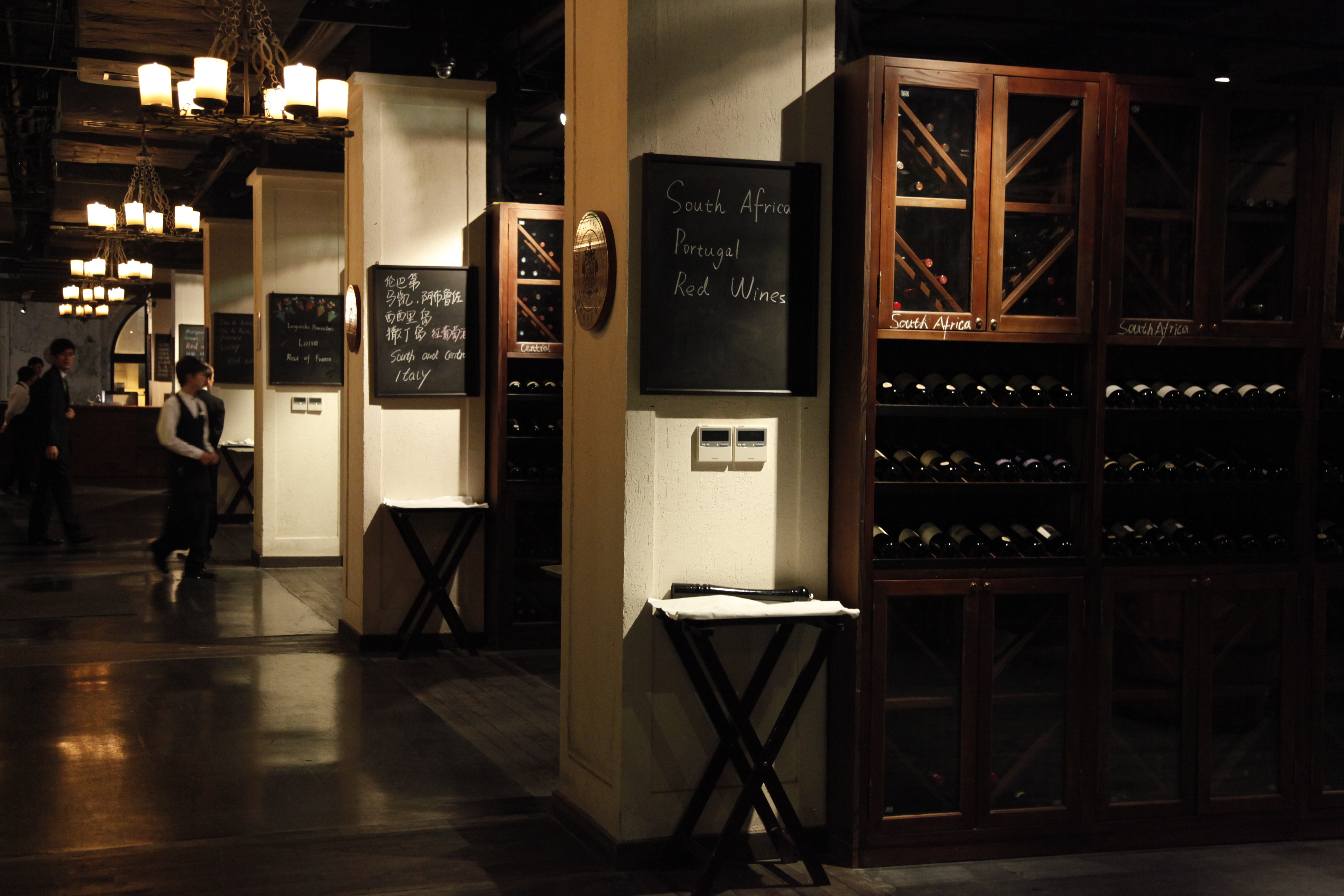
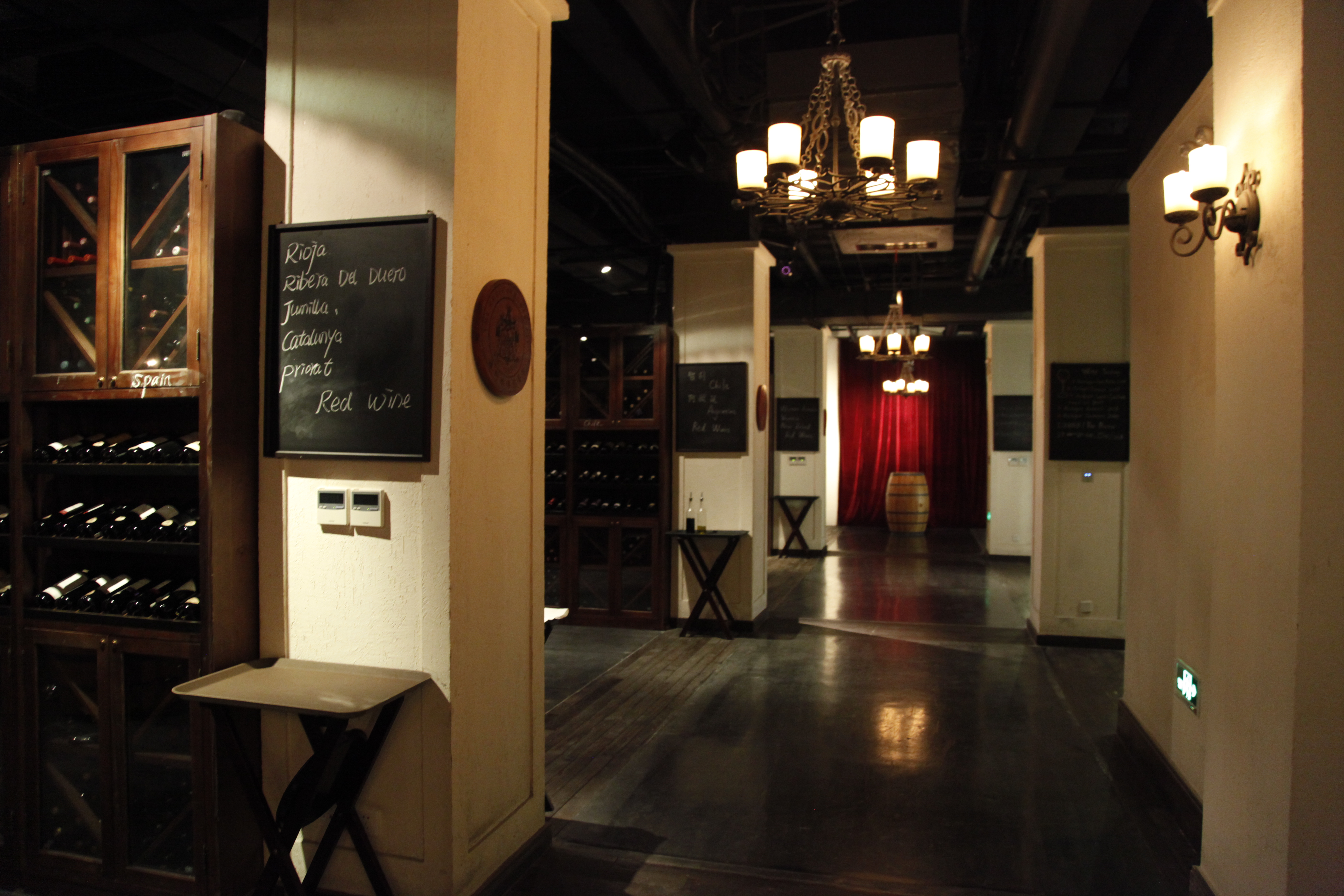
Do not be discouraged by the ostentatious Rolex shop right by the entrance or by the inquisitive man on the door asking about your whereabouts. Just say you are going to the wine bar, take a lift to the second floor and once the doors open you will enter a world of bottles, shelves, wood, and glass. You will be amazed by its scale. It is honestly as huge as everything in China.
The cellar room
The atmosphere is almost magic. Surrounded by wooden shelves; immersed in charming tunes of old blues, soul and jazz music; pampered by stunning views of the miracle of modern architecture – the Pudong; one finds oneself at the crossroads between the colonial past and the booming presence. This an ideal setting for savouring wine. As with wine – its past evokes melancholy, but it is its presence that impresses us.
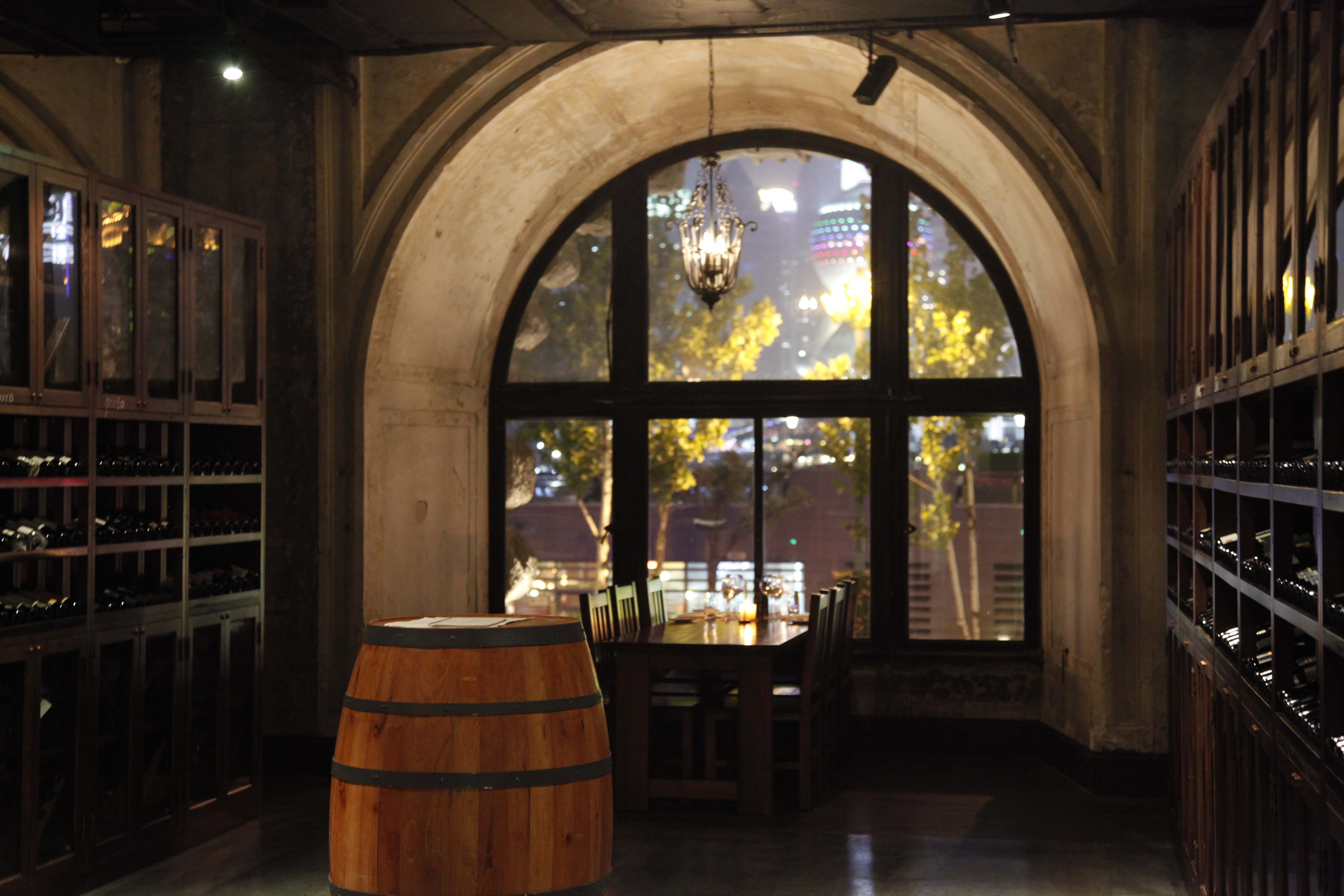
The wine cellar could see the world in its present scale only thanks to the collective effort of the management working closely with a wide range of wine importers to China. From Bordeaux to Washington, the selection is impressive. Do not expect very old and rare vintages, though, rather a wide scope.
The treasures
There are some special wines stored in a sophisticatedly covered cellar hidden behind one of the sections of the library along the wall. These wines surely will cost a fortune. Chateau Margaux 1982 vintage or pricey Screaming Eagle from Napa are not for an everyday drinking, but you will not stare at a bottle of a centenary wine there.
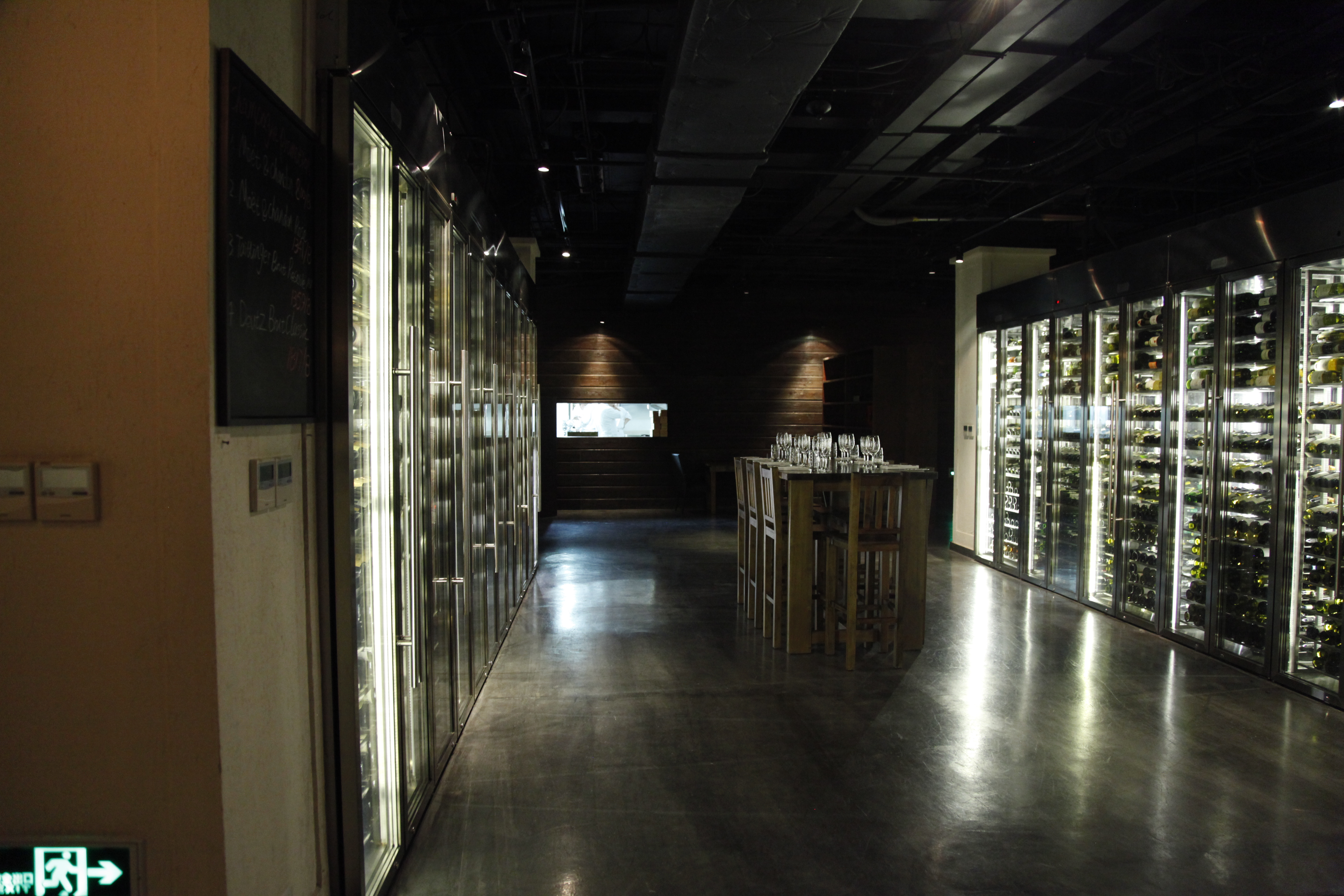
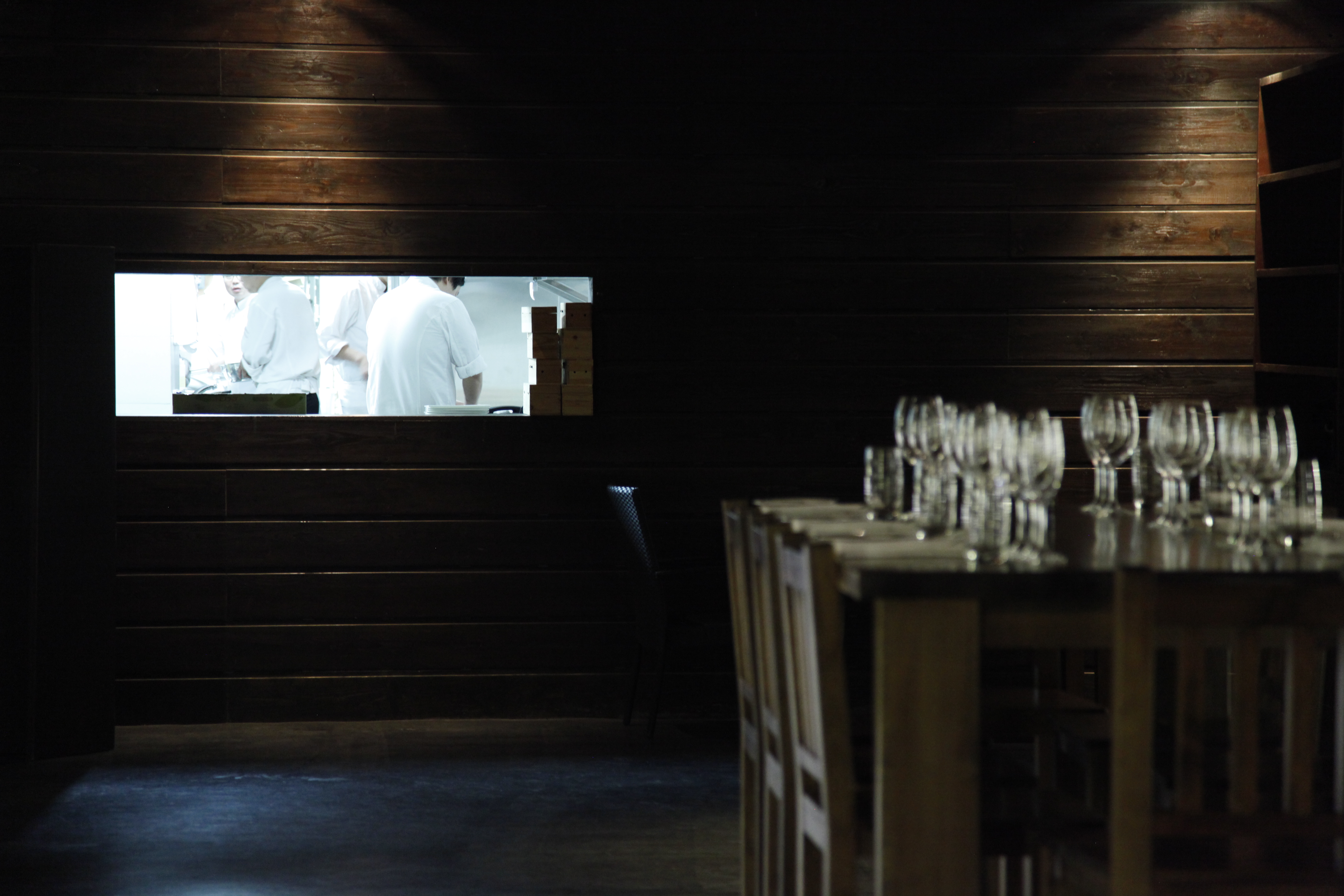
Chinese wine
In the main cellar, there is something for everyone. My curiosity about Chinese wines beyond the almost undrinkable Great Wall (one of the first commercial wineries in China; fans of this wine, please excuse my European palette, I believe some locals enjoy the Great Wall a lot) guided me to select a bottle of a Bordeaux Blend from Silver Hights 2009. This promising wine is made by a female winemaker Emma Gao and after savoring it all of us sharing the bottle had to admit that it was not bad at all. It was soft with palatable tannins and ripe fruit aromas. The winery is owned by the winemaker’s family and located in Helan Mountain region of Ningxia province, which is currently the hottest area for wine growing in China. To compare the Chinese Bordeaux blend with a real French wine from Bordeaux, I selected a Pomerol-based Chateau Laborde of an older 2004 vintage and only slightly more expensive than Silver Hights (about 500RMB or about 80 US$) selling for about 800 RMB (about 125 US$). The real Bordeaux was more complex, yet comparably enjoyable to its Chinese version when it came to drinking it with food.
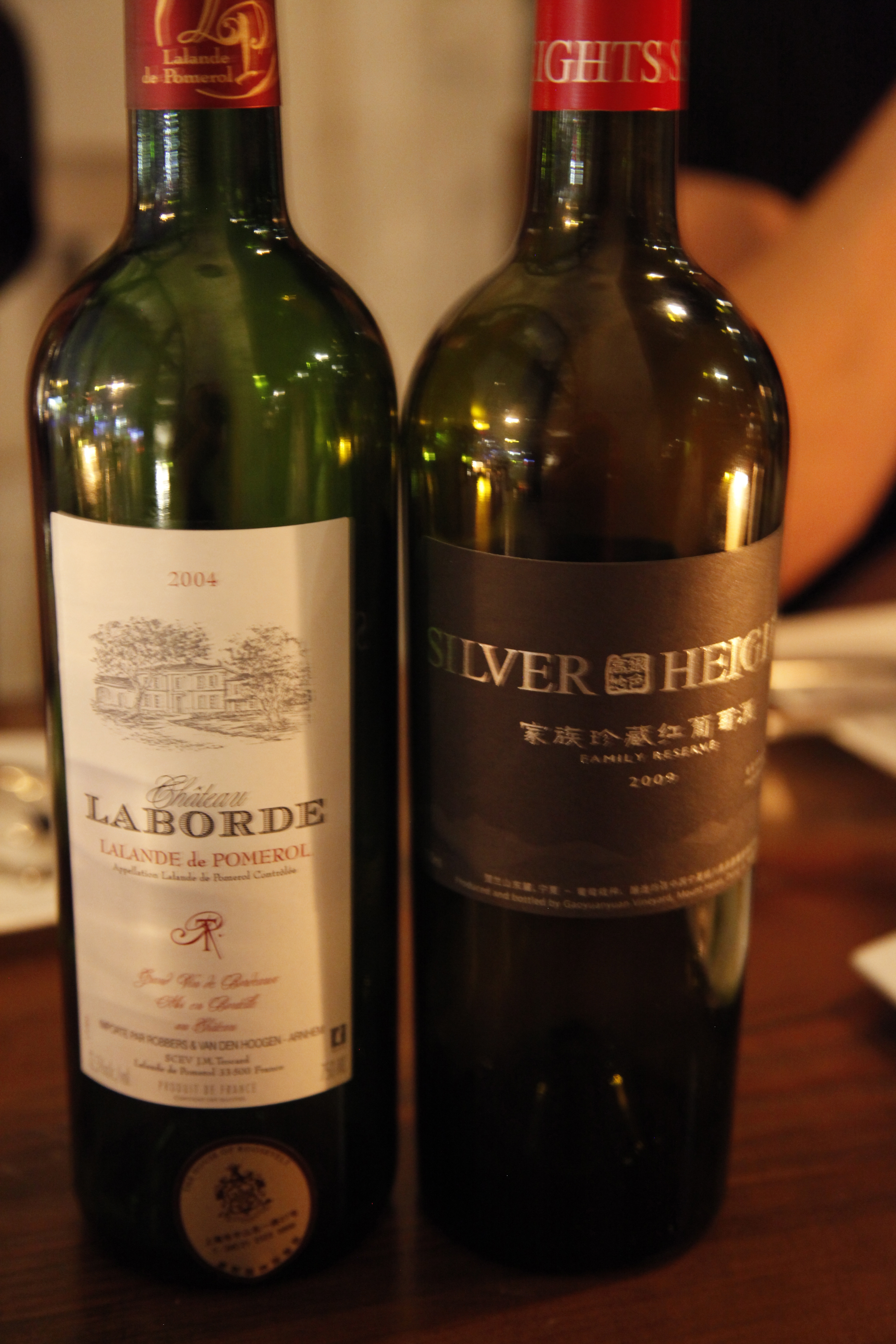
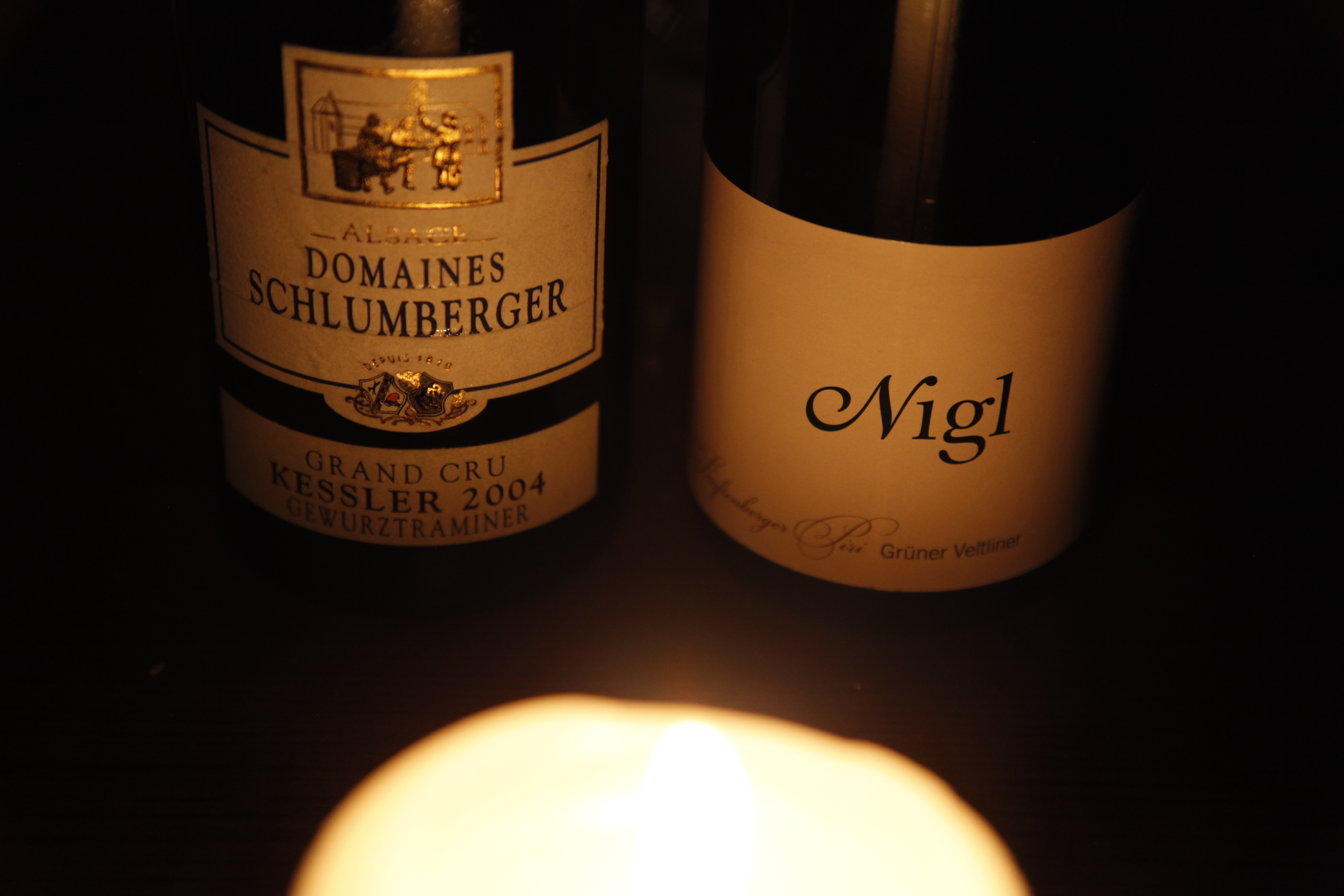
Food
The tapas selection a the cellar is smart. The dishes are organised by their suitability for sparkling, white or red wine. With the reds we got Australian beef carpaccio with truffles and even more delicious German country sandwich with sauerkraut and pork. Cheese board followed the suit. I would have it with either a deep red or an intensely flavoured white wine.
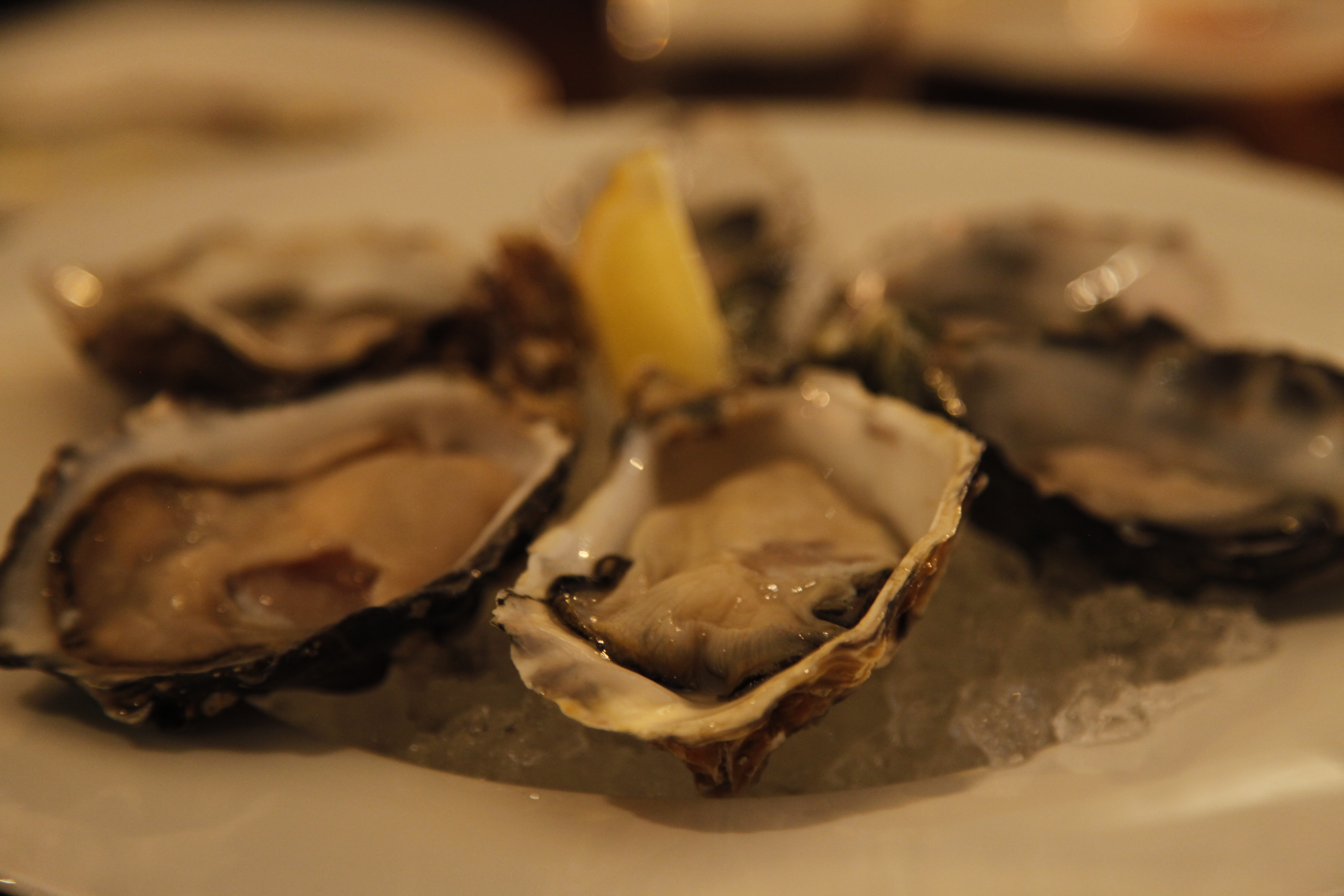
Before the two reds, we had also two white wines. I selected a bottle of Gewurztraminer from Alsace and Gruner Veltliner from Austria. Both are difficult grape varieties for foreigners to pronounce, therefore, they are often overlooked by consumers. I was pleasantly surprised seeing them in China. Again the selection of producers as well as vintages was quite good. The Gewurztraminer from Domaine Schlumberger, Kessler, Grand Cru 2004 was off-dry so its slightly honeyed profile called for a foie gras terrine, which was a perfect match. The Gruner Veltliner from Nigl was more zesty and grassy, therefore, a goat cheese enveloped in crunchy nuts with grilled vegetables and oysters played interestingly together on the palette.
Overall, the Cellar at The Roosevelt House is a wonderful place to savor wines from around the world with plenty of special tasting events taking place every week. The only weak point is the insufficient knowledge of the wine staff. It is better if you know what you like and what you want to drink. The food was excellent the first time, but lacked a bit on our next visit. Each time I visit the ever evolving city of Shanghai, I have a couple of vinous sips there.
No. 27 Zhong Shan Dong Yi Road, Shanghai, China
+(86) 21 2322 0800
Currency exchange rate as for October 8, 2011 from xe.com.


Love this place – good write up !
Pingback: Become A Wine Expert In 20 Mins - Time To Impress! | The Living 360